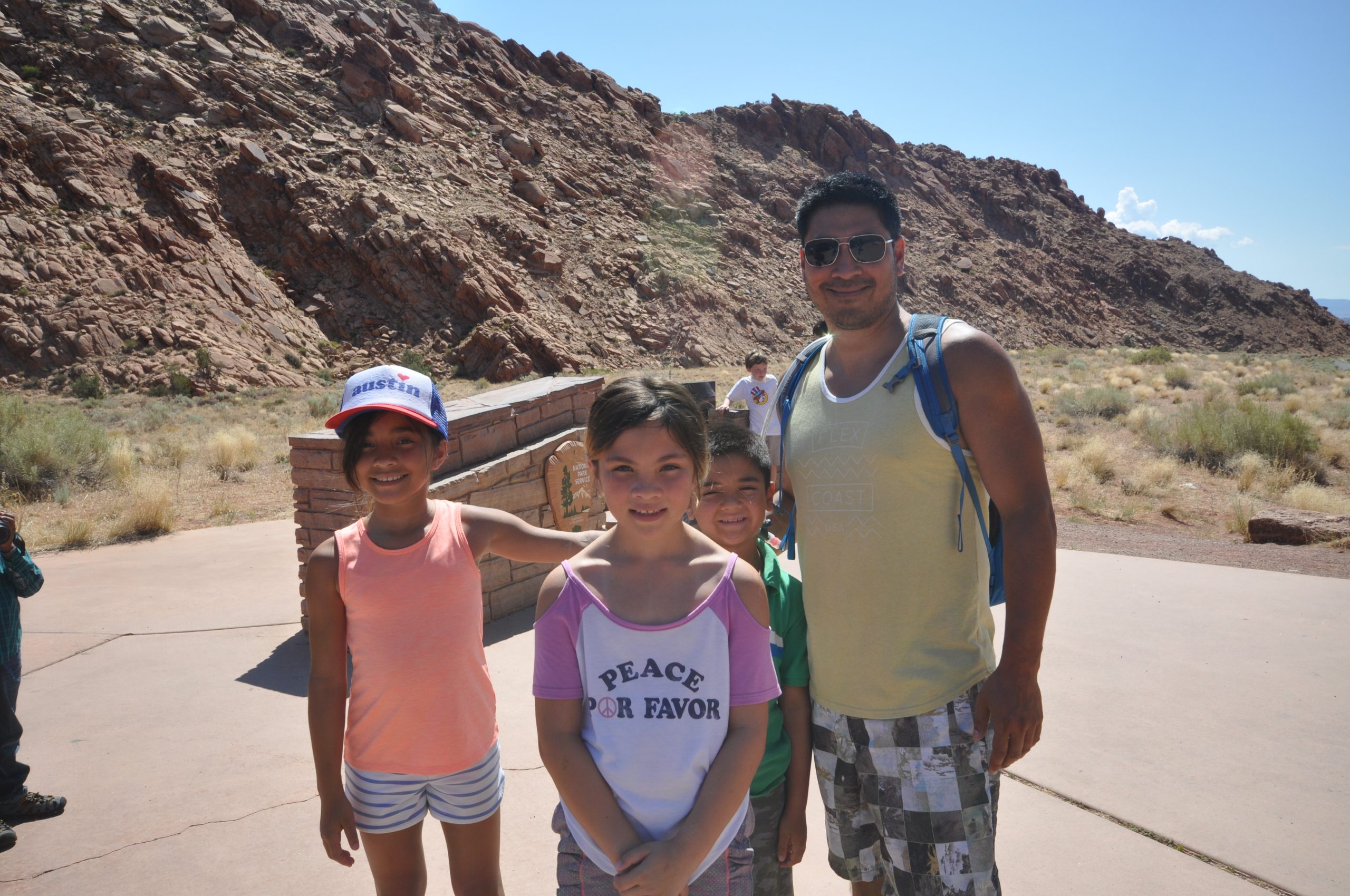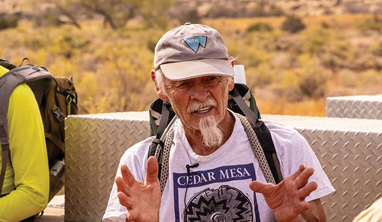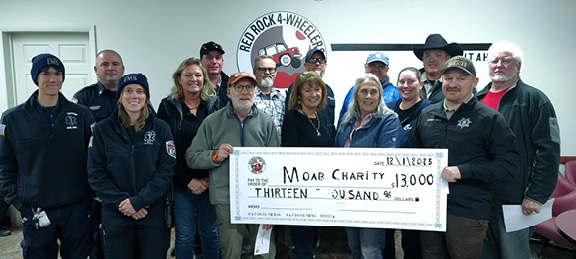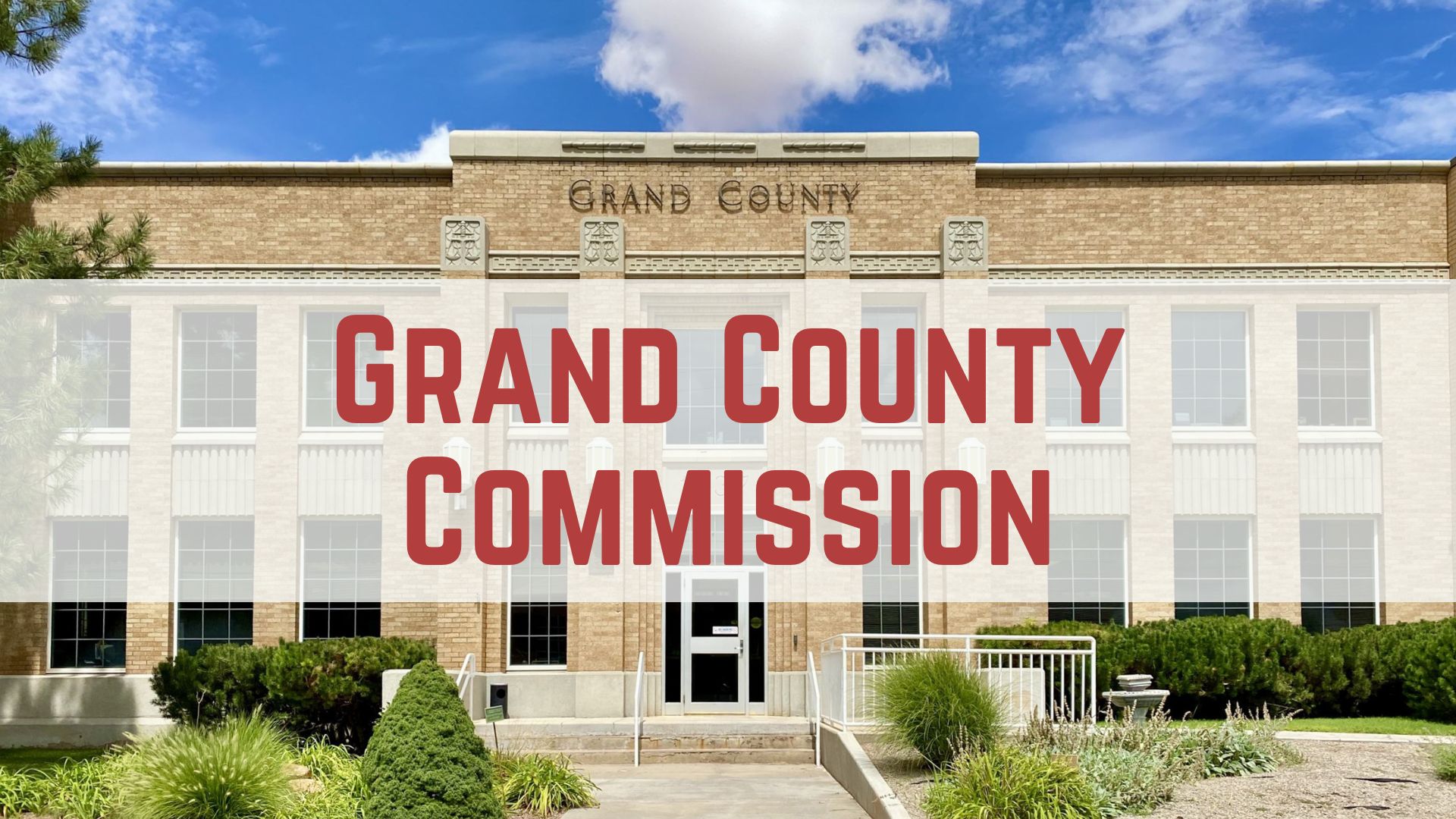Some information may be outdated.
As the National Park Service (NPS) moves forward with a plan to mitigate traffic congestion at Arches National Park, Grand County officials and stakeholders remain in disagreement over the park service’s
recommendation to implement an advance reservation system for entrance into the park.
With a steady increase in visitation in the past 11 years — 1.6 million visitors in 2016 alone — the NPS wants to make changes at Arches National Park to reduce wait times for people entering the park by spreading vehicle entries out over more hours of the day or months of the year; reduce overflow parking and roadside walking; and reduce congestion at the park’s entrance at U.S. Highway 191.
Kate Cannon, superintendent of the Southeast Utah Group of national parks, has previously supported the idea of implementing an advance reservation-based entry system during peak visitation from March through October.
Cannon presented the Traffic Congestion Management Plan (TCMP) to Grand County Council in February. She was met with opposition from Michael Liss, a business entrepreneur recently appointed by the Grand County Council to chair the Moab Transit Authority Study Committee. Liss said that an advance reservation system would have a potential negative consequence to local businesses if the area sees a drop in tourism.
On July 8, Liss published commentary in the Salt Lake Tribune, writing, “The biggest story in Moab is the proposal by Arches National Park to require advance reservations.”
The Moab Sun News reached out to Liss for comment.
“I decided to speak out about Arches because it’s just not right to require advance reservations to enter a national park,” Liss wrote on Monday, July 9. “I discovered Moab and Arches National Park on a cross-country road trip in my 20s. I had no plan. I had no destination. The American West is still the place where you can heal and inspire the human spirit on the open road. The human spirit doesn’t make reservations. Can you imagine driving up to the Grand Canyon and a sign says, ‘Sorry we’re full’? It’s just not right.”
On the same day, Monday, July 9, the NPS issued a press release and said the traffic plan is now being revised based on public comments received in December of 2017. Once the park revises the plan with the public’s comments, the plan will be submitted to the regional park service for approval.
NPS expects to have a final decision made on the traffic plan this fall, and the earliest that the changes
will impact visitation would be in early 2019. Cannon declined to give further comments until the review is finished.
“We want to get the plan right and you can be sure we are working on it,” Cannon said in the press release on July 9.
The week prior, on Tuesday, July 3, at the Grand County Council meeting, council vice chair Curtis Wells said he disagrees with the proposed reservation system for Arches National Park.
“Tourism is a cyclical economy,” Wells said. “The shoulder seasons have been becoming rounded, but the weather’s been great during the winter, and this is part of the problem with the reservation system, is it’s this idea that the park service is going to play economist and be the first people in the history of tourism to round-out a tourist economy, which I don’t agree with.”
Wells was talking during the council meeting with Moab Area Travel Council Director Elaine Gizler, who gave council an updated report on the county’s transient room tax (TRT) revenue — $5.17 million in TRT revenue was generated for Grand County in 2017.
Some community members have voiced opposition to spending TRT money on marketing Moab-area travel to bring in more visitors from other areas, like Denver and San Diego, since the visitation has steadily increased to the point of overcrowding already, but Wells said the council is bound by state law to do so.
He also suggested that without tourists coming to the area and bolstering the TRT revenue, the county would likely raise property taxes on residents, which Wells said he doesn’t want to do.
According to the NPS traffic plan, reservations to enter Arches National Park could be made up to six months in advance of visitation, and the number of cars entering the park would be limited during the day.
When asked if the implementation of an advanced reservation system would deter visitors from trying to visit Arches National Park, Christopher Ma, of Washington, D.C., said no. Ma was visiting Arches National Park on Wednesday, July 11, with his family.
“A reservation system would not slow me down at all,” Ma said.
The public comments submitted to the NPS for consideration in its traffic plan include 421
pieces of correspondence that were “coded” into 1,074 comments, the NPS said in an email on Wednesday, July 11.
“A comment is a portion of text within a correspondence that addresses a single subject or issue. Comments were coded into groupings centered on a common subject. Comment summaries presented in this document combine those similar comments,” the NPS wrote.
Just 177 of the 1,074 comments were counted as substantive, the NPS wrote.
The 177 substantive comments “questioned the accuracy or adequacy of the dismissal of other alternatives, the analysis of impacts on the local economy, and the preferred alternative (reservation system as designed) satisfying the purpose and need for action, presented new alternatives or alternative elements, or suggested changes that caused revisions to the proposal.”
The remaining 897 comments that were deemed non-substantive “expressed support or opposition to the NPS preferred alternative, expressed support for one of the dismissed alternatives, expressed concerns about impacts on neighboring lands, were perceptions of socioeconomic impacts, perceptions of crowding and its effects, perceptions of causes of crowding, had operational questions or concerns, asked questions already adequately addressed in the EA, were out of the project scope (most related to the separate National Park Service proposal to increase peak-season entrance fees to $70),” the NPS wrote.
The NPS said on July 11 that the public comments “opposed to the NPS preferred alternative (reservation system) expressed concerns about the loss of freedom and spontaneity when visiting the park and concerns about the potential impacts on the local economy and on commercial services operating in the park (guides, tours and transportation). Those in support felt that the reservation system was justified and reasonable, would meet the dual mission of the NPS, would enhance visitor experience and was a sustainable, long-term solution.”
Liss, who organized an advocacy group called Arches for the People in response to the NPS traffic plan, said that he is personally concerned about the process the NPS is following in creating their traffic plan.
“We will review any revised proposal and take all appropriate administrative and judicial action to make sure the EIS process is followed. We will fight any version of a reservations plan,” Liss wrote in the July 9 email. “Meet me in the Supreme Court.”
Traffic plan revision to include 177 public comments
“Tourism is a cyclical economy. The shoulder seasons have been becoming rounded, but the weather’s been great during the winter, and this is part of the problem with the reservation system, is it’s this idea that the park service is going to play economist and be the first people in the history of tourism to round-out a tourist economy, which I don’t agree with.”
Appreciate the coverage? Help keep local news alive.
Chip in to support the Moab Sun News.





